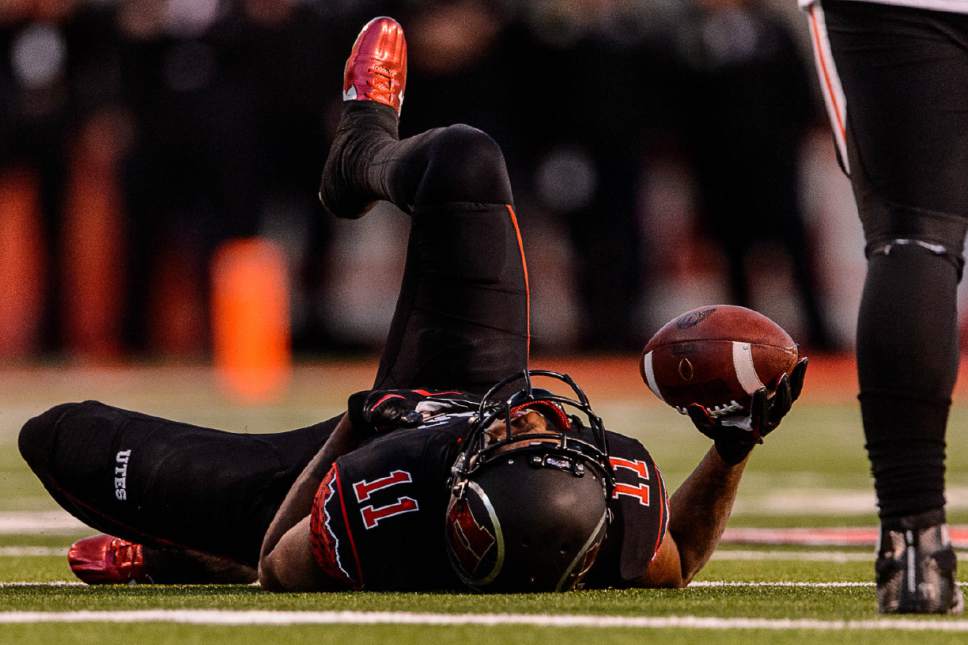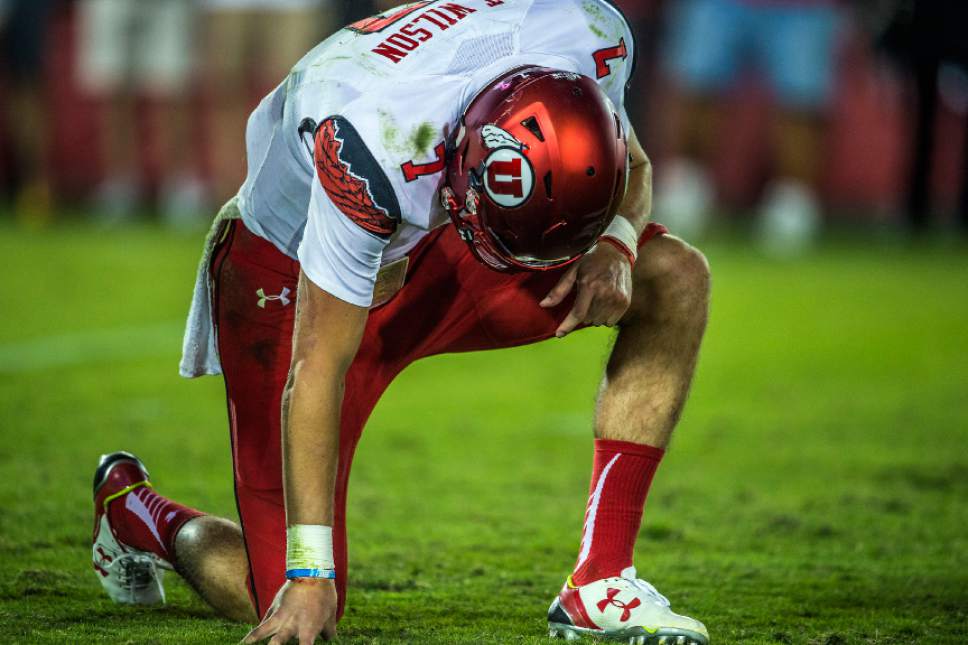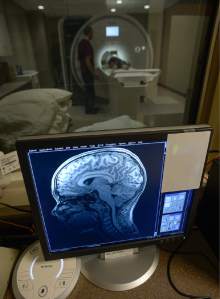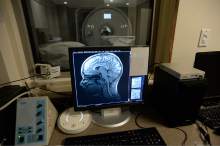This is an archived article that was published on sltrib.com in 2017, and information in the article may be outdated. It is provided only for personal research purposes and may not be reprinted.
It was her work with the Department of Veterans Affairs that first got University of Utah researcher Deborah Yurgelun-Todd interested in studying athletes.
The director of the U.'s Cognitive Neuroimaging Laboratory wondered what similarities existed between the wartime traumas suffered by veterans and the head injuries suffered in sports. Finding athletes willing to participate in her research, however, wasn't always easy.
But thanks to an initiative and funding by the Pac-12, Yurgelun-Todd has now formed a relationship with her university's athletics department that she hopes will help further the important study of concussions and head trauma among athletes.
"I think symbolically it's really important," she said. "It says they believe in this research."
The Pac-12 is spending more than $3.5 million annually on a series of studies aimed at improving the overall health of athletes.
"What we learn from the research will not only contribute to the good work being done all over the country, but it's also informing policy decisions we might make," conference commissioner Larry Scott said last week. "So over the last few years … we've changed some rules about contact for football players during the offseason. And we have regular sessions with our coaches that are grounded in some of the research that informs the training techniques, some of the rules that we've got, not just within our own conference but nationally."
At the University of Washington, researchers are studying best practices for cardiovascular screening. At Stanford and UCLA, they are studying bone health in hopes of preventing future injuries. At Oregon State, they are using the conference's injury database to enhance injury timelines.
At the University of Utah, Yurgelun-Todd and her team are examining the impact of the combination of head trauma and other factors on the physical and mental health of the school's athletes.
"We actually think that a lot of what has come out, particularly regarding the NFL, is not just the result of sports concussions but the result of a lifetime of potential brain insults," she said. "We wanted to look more carefully earlier in the course of life, whether or not sports-related stress and concussions could have a negative impact on well-being and health."
The three-year study is tracking groups of football players, male basketball players, female basketball players, and a group of students who are not involved with athletics. The participants are evaluated twice a year — before and after their respective seasons — and undergo behavioral surveys and a trio of neuro-imaging scans.
"Many labs know how to do the things that we do, but not many labs do all the things that we do," Yurgelun-Todd said. "We have a multi-pronged approach to looking at the health of the brain."
It has unquestionably been another troubling week for the game of football. Just days after Boston University researchers announced they had found evidence of CTE in the brains of 177 of 202 former football players, Baltimore Ravens lineman John Urschel announced he would retire at the age of 26.
"It is a significant concern for all of us involved in college sports," Scott said of the study.
Yurgelun-Todd said she hoped the Pac-12's funding would help serve as a starting point for her own research to grow and continue to track athletes.
"We're in the early phase of the study," she said. "We don't know enough yet. But we want to look at how the brain changes when it is exposed to the stress of being an athlete and also trauma, and create better time points and types of interventions."
afalk@sltrib.com Twitter: @aaronfalk —
Pac-12 Conference's Student-Athlete Health and Well Being Initiative
Washington • Cardiovascular Screening in the Pac-12 Conference: Establishing Best Practices
Utah • Mental Health and Head Trauma: Brain Health in Male and Female Basketball Student-Athletes
Colorado • Health and Wellness: Assessing Student-Athlete Health and Performance
Oregon State • Injury Surveillance: How Much is Enough? Enhancing the Precision of Team Injury Estimates Using Detailed Athlete Exposure Information
Stanford and UCLA • Overuse Injuries/Injury Prevention: A Prospective Study to Improve Bone Health and Reduce Incidence of Bone Stress Injuries in Pac-12 Female Distance Runners
Stanford • Thermal Management for Athletes: Problems and Opportunities
Washington • Pac-12 Student-Athlete Project on Developing Coach Education









